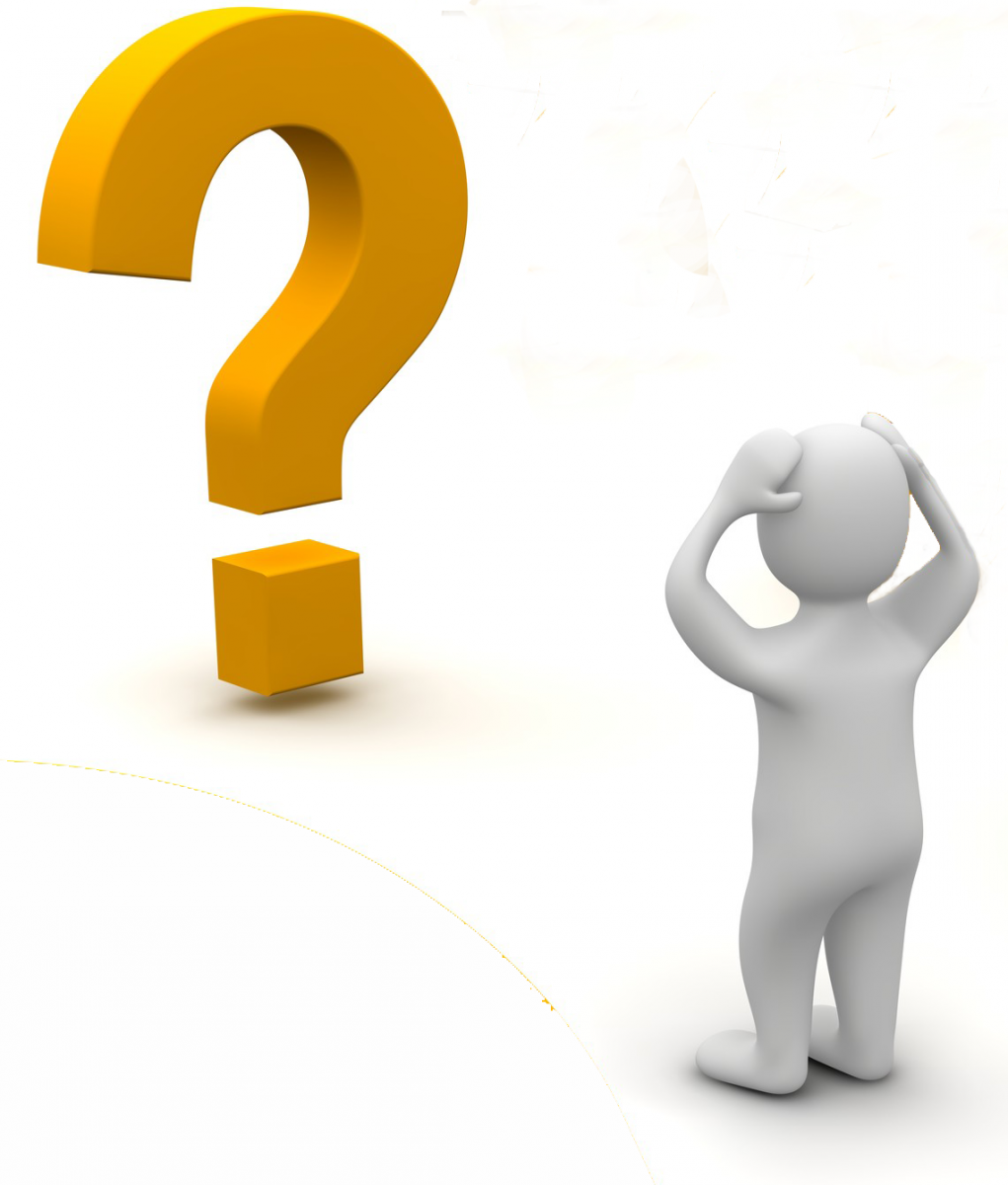12 February 2015
We hear this question often. It's usually accompanied by a reference to "scientific style" citations that the questioner considers to be "clean and concise," or to a publisher's house style that strips citations down to the bare minimum necessary to name an earlier author whose ideas we are reporting.
Fine. If we're citing a basic book or journal article, like scientists do, stripped-down citations do work just fine. But, as history researchers, basic books and articles are not our stock in trade.
We cite records. Records of a million different types. We cite records in obscure places and records that have been removed from their office of origin and archived elsewhere. Records with provenance and those without. We cite records that have been copied and recopied, with errors introduced in each "generation."
We cite records that have been abstracted—someone has picked out their bones but left a lot of guts behind. We cite records that have been microfilmed, then digitized, then extracted partially into databases—by individuals who may not even read the language of the record—and then placed online by providers whose image qualities often differ radically.
In our student years, most of us learned that "citing sources" is a hallmark of scholarship. Without references, people might {horrors!} doubt what we are saying. But is it enough to just "cite a source so others will know where we got our information"? Has our citation met its obligation when we "give credit where due"? Does a citation actually make a source reliable?
No, no, and no. Not for those of us who explore the past in an effort to better understand our present.
History is not just a collection of documents. It's not a collection of "facts" we can simply accept. And all records are not created equal. Records offer evidence, but their "factual statements" may or may not be true. Other writers offer assertions, but their conclusions may or may not be accurate.
Before we can reach any valid conclusion of our own, about people and events in past times and places, we absolutely have to understand the records on which we base our decision. To analyze the evidence those records provide, we need explicit details about them. To evaluate the reliability of someone's assertions or conclusions, we need details about their reasoning and their sources. The source citations we create, when we use any material, need to contain all such details that help us make these evaluations.
PHOTO CREDITS: Adapted from "Confused man and question marks," CanStockPhoto (http://www.canstockphoto.com/confused-man-and-question-marks-3d-2538045.html : accessed 12 November 2014), uploaded 8 October 2009 by skvoor; used under license.
A scientist's viewpoint
(Warning, non-expert opinion here)
I agree that the scientific citation format works because it's just the published work that's being referenced. It then doesn't matter that much what medium or format it appeared in.
It took me a while to see why genealogical (and any historical) citations needed to be so different, but the actual medium, edition, provenance, derivative nature, and other subtleties do make a difference to any argument you're making -- and I would include books there too. That, together with the complex structure of some record collections, and the fact that non-published and oral information may have been used, means that the citation format has to be a whole lot more descriptive.
An issue I encounter a lot with software discussions is the presumption that citations have a strict formulaic approach, and that every source has a specific citation format. From what little I've learned, I believe that the EE format a more of a language that can be used to unambiguously describe the infinite number of cases that are likely to arise; not a formula.
That being said, I still struggle to get them right, but then I'm still learning. At least now I understand what the objective is.
Well said, ACProctor.
Well said, ACProctor.